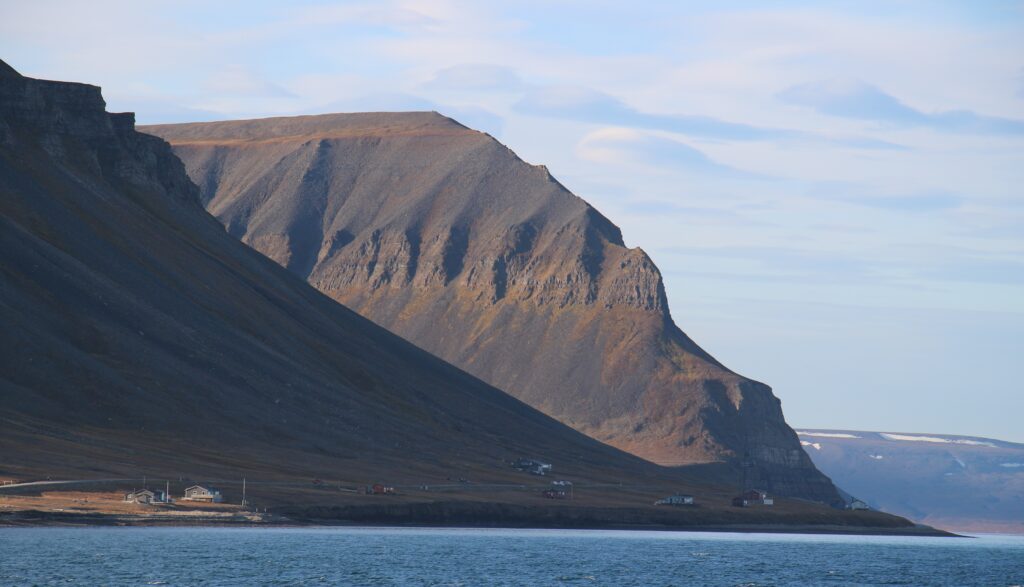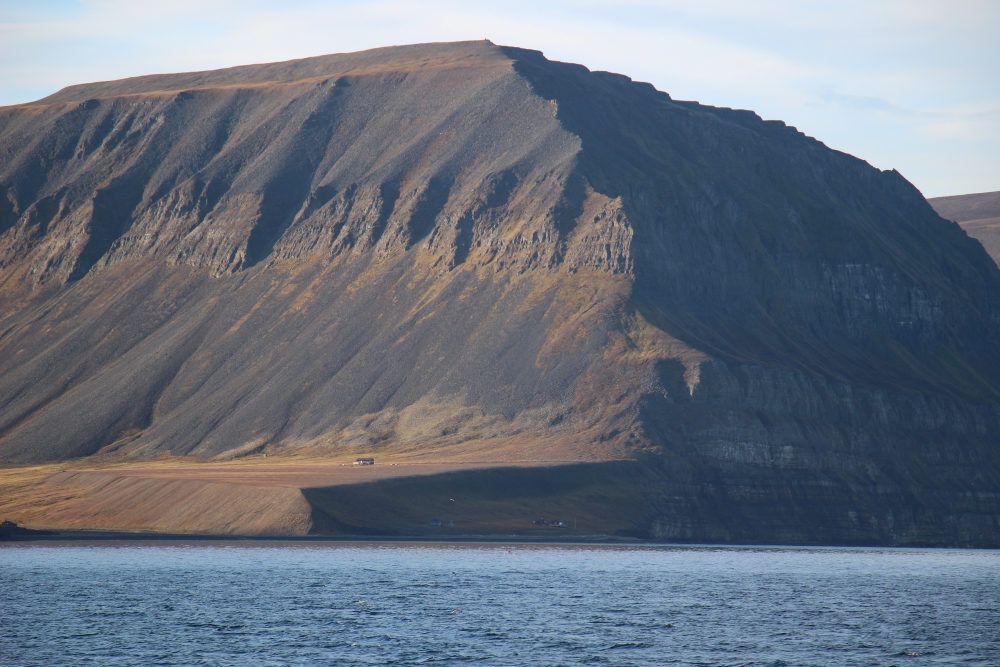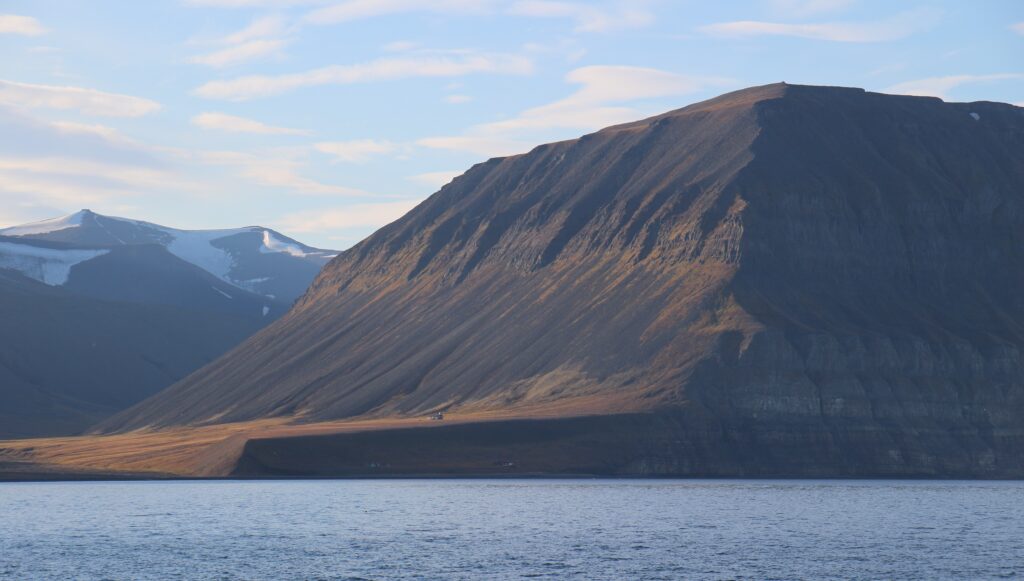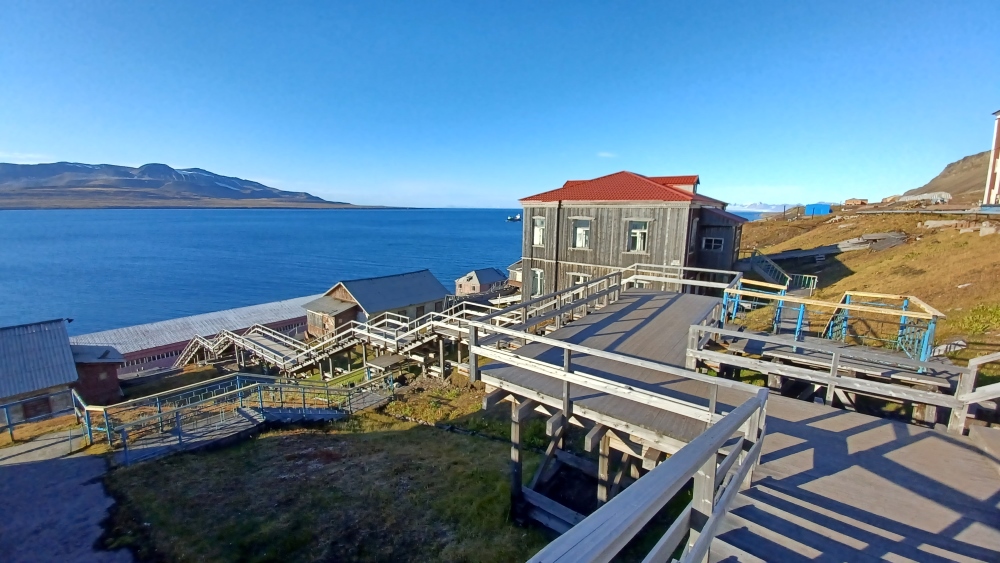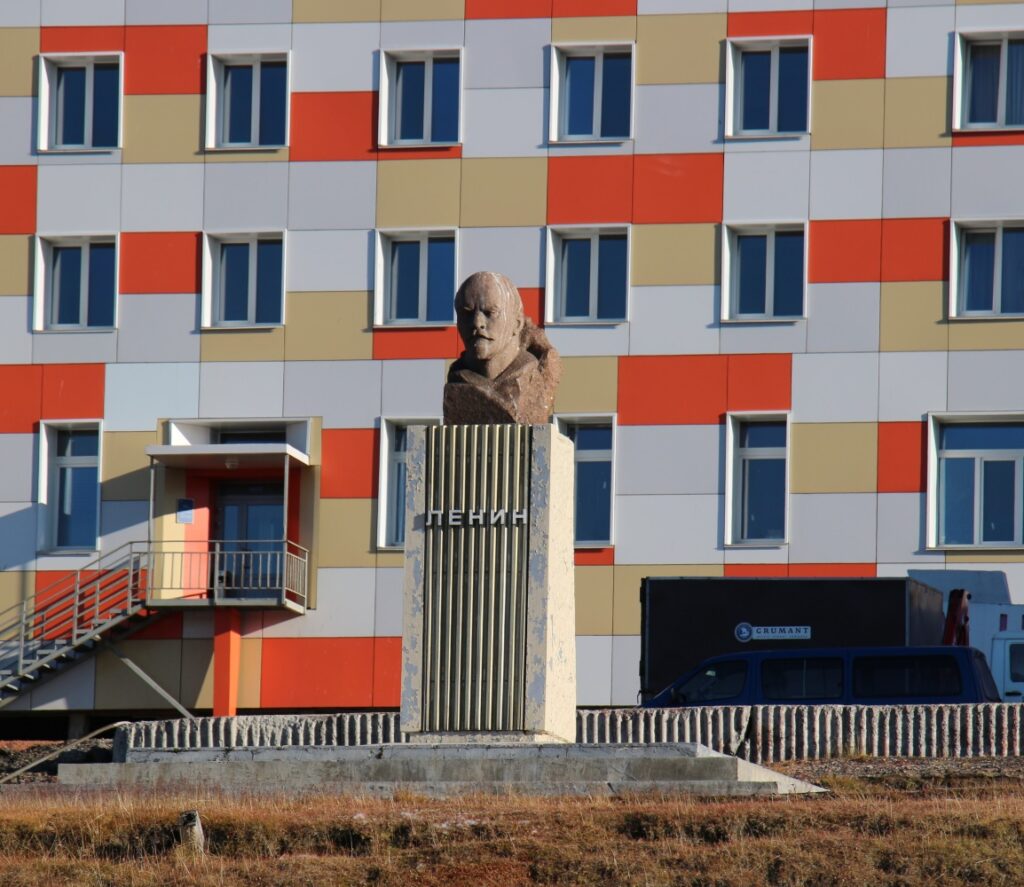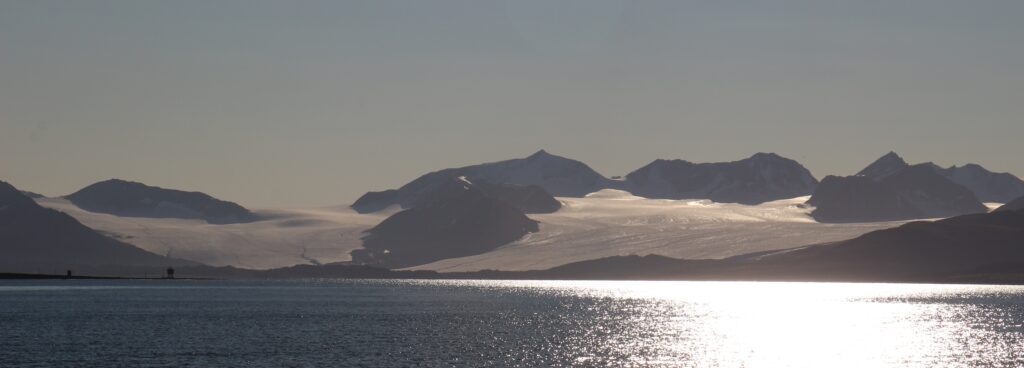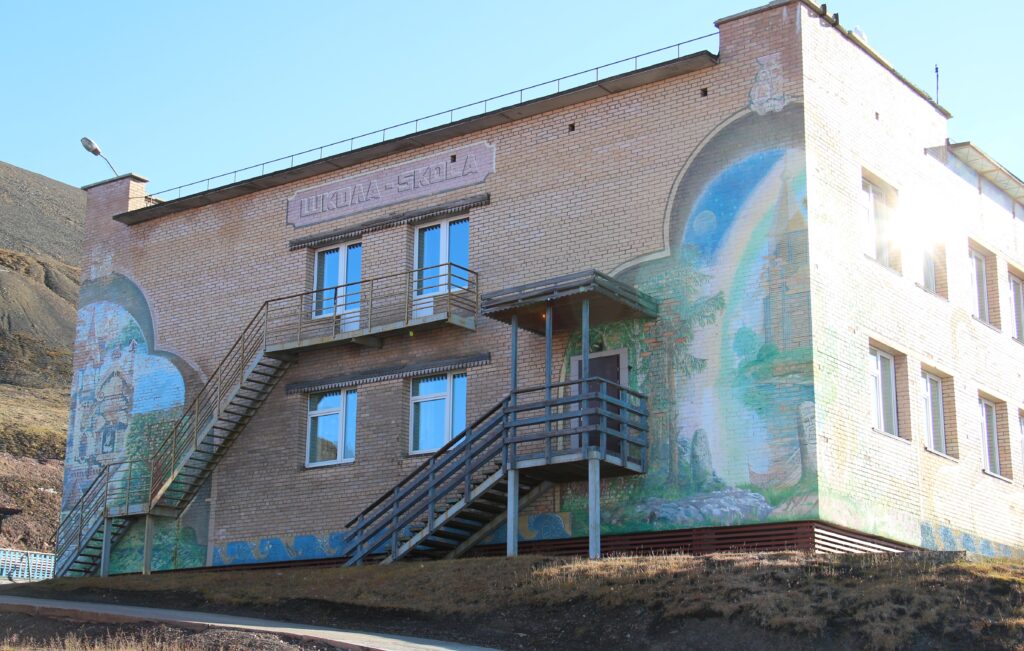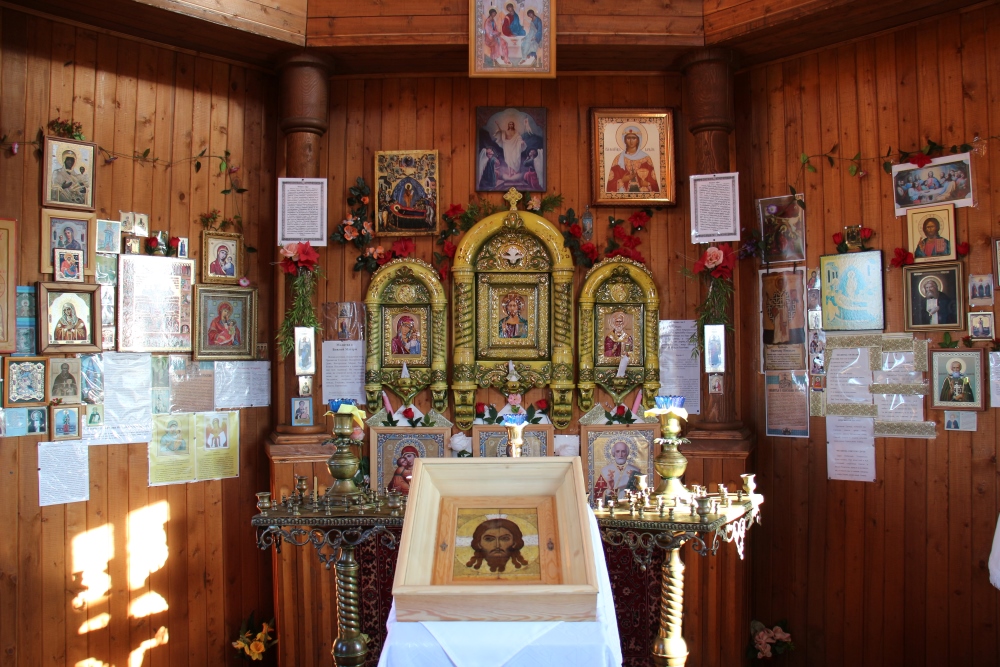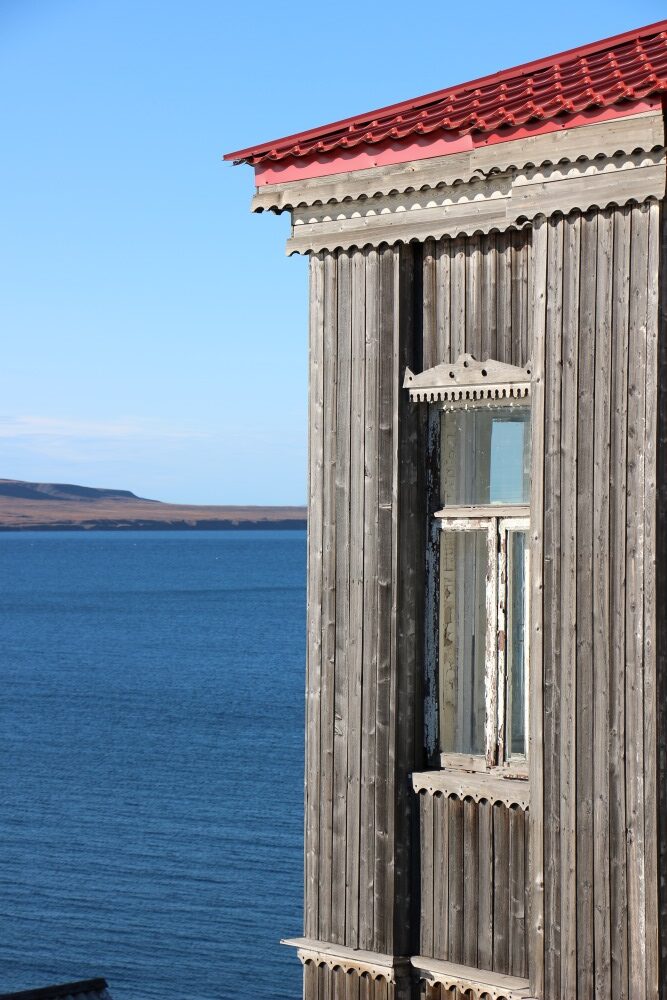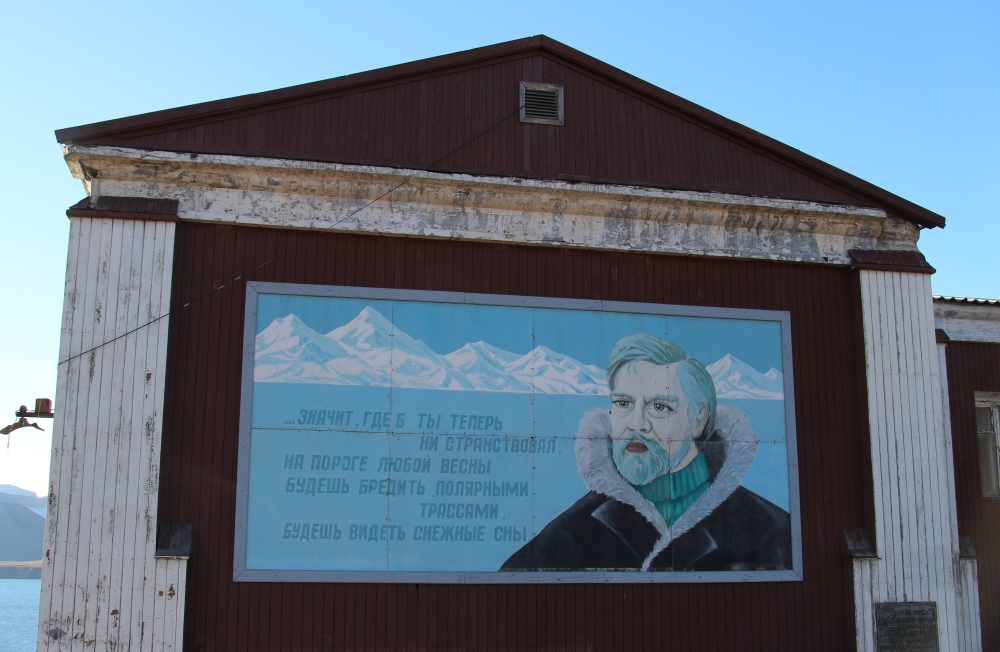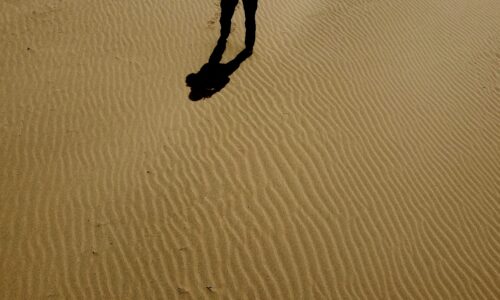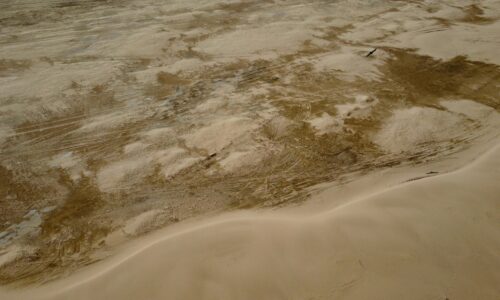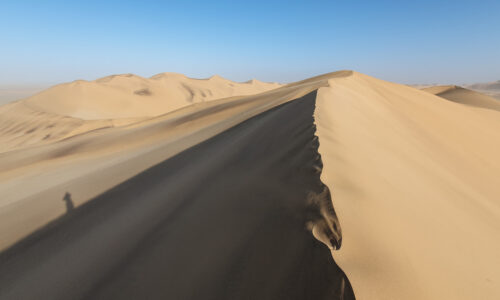Barentsburg

I came back to Svalbard a bit over a year after the first visit, very eager to experience more activities and see more of that unparalleled nature. I have scheduled a week full of activities, mostly hikes on various locations and boat tours in Isfjorden. This time I had a pretty clear idea where I am going, what to do and how the time I have in my disposition can be utilized 500%, as nothing less than that would be enough. Svalbard is sacred to me, and every trip is treated like a spiritual renewal ritual.
The first activity was the boat trip to Barentsburg, a russian settlement approx 40 km away from Longyearbyen. During the wintertime the excursions are done by snow scooters riding over glaciers, and during summertime they are done in boats.
Barentsburg is built around coal mining operations by the Dutch at the beginning of the 20th century in an arctic tundra. It was bought by the Soviets a decade later, it is owned by the Russians until nowadays and it is entirely dependent on mainland Russia. There are ~400 people in there, mostly of Russian and Ukrainian origin, obviously as tough as the hammer and sharp like the sickle that crosses it, as residing here does not really seem like an easy thing to do.
To reach Barentsburg it takes approx 3 hrs. The boat ride was pleasant and visually very inspiring. The mountains along the coast provide amazing views. Being someone born in the south of Europe, who does not have the opportunity to see such shapes very often, I was stunned by their shapes. They are formed by glacial movement and have characteristic dents and ridges oriented downwards.
When the ship docked, a russian guide waited for us in the wharf after running down the many wooden stairs, with arms wide open, a genuine smile and ready to teach us why is unusual city so special.
We went up from the wharf towards the city by doing a round of light cardio while hopping on famous stairs; there are 220 of them.
The Soviet government, half a century ago, in order to stimulate people to come and work in a city in which you cannot even produce your own food, made available bunch of stuff to lure the people in, such as (then considered) fancy dormitories with a TV (when most people on the mainland had almost none), good salaries, sport center with an olympic sized pool filled with heated seawater (imagine!)… That swimming pool now is out of use for a long time as maintaining any structures in contact with sea water is hard work, and each time there are elections, the politicians keep promising the repairment and long term maintenance of the pool. You can guess – nothing ever happens (does it ring any bells?).
The mines are active 24/7 and the miner’s shift is 8 hrs long. An actual shift is 6 h long, during other 2 h the miners descend/ascend down to/up to 400 m deep into Earth using elevators, cable cars etc. 70% of the coal is exported to the UK and Nordics, the rest is being used by the Barentsburgians. A miner’s lunch consists of 3 courses and costs 2 euros.
As every other russian city, Barentsburg has a Lenin statue in the city centre as well. I would be genuinely surprised if I would find a city without it.
There is a nearby glacier, an the end of the bay, effortlessly catching any visitor’s attention. It is named Grønnfjordbreen and its ice glows beautifully under the arctic sunlight.
My favorite building is the school. Its exterior shows connection with the ocean and several Norwegian cities (pay attention to the whales, Nidarosdomen in Trondheim and the Bergen wharf painted on the front of it).
There is also a Russian Orthodox chapel dedicated to the miners who died when a plane crashed on Operafjellet while arriving to Svalbard. It is made of wood and feels really special. Bear in mind, there are no trees in Svalbard, every piece of wood needs to be brought here in order to build literally anything.
The old buildings are forbidden to destroy, as they serve as a remembrance of the old times. There are many of them, here are only a few photos. Some of them are empty, and some of them even have some people residing in them.
What I like the most about this city is the fact that behind every building you can spot a mountain or a glacier when you stand on the east side of the city.
The last photo, with sentences in russian, is particularly interesting. It says something like this: “When you visit the ice covered vastness, and you decide to leave, you will never stop dreaming about it.”. Damn right, I’d say.
In the 80’s it was declared that the cats are no longer allowed on Svalbard, based on the fact that they are susceptible to rabies and echinoccoccosis from rats and foxes and being very well known destroyers of diversity (especially birds) so it is not unusual to have this restriction. What is unusual is a large ginger fluffy purring machine which lived in Barentsburg – because of the “no cats” rule, he was imported and registered as no less than a friggin’ fox. He was decorated with many scars from battling the local fauna and was a famous internet cat. Kesha died at the ripe age of 14, not long before my visit.
After visiting Barentsburg we proceeded towards Esmarksbreen glacier and Ymerbukta, and had the luck to spot some fin whales.
